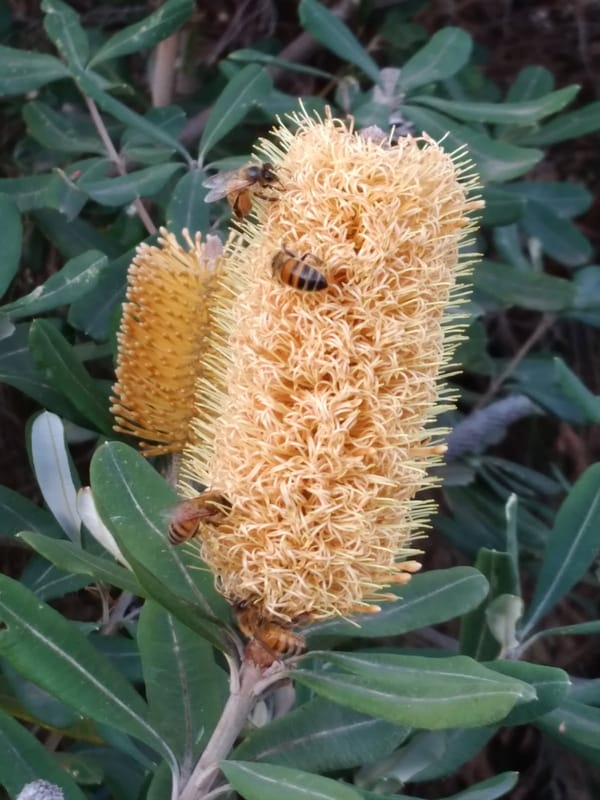Leadbeater’s in NSW

Trail cameras are marvellous things. They can be set to keep watch on a site 24/7. No need to rely on stumbling across wildlife. No need for live trapping or netting. Trail cameras are revealing rare, ‘extinct’ and unrecorded species and their ranges. Recent trail camera footage has revealed that the Leadbeater’s possum’s range is bigger than previously thought and extends into NSW.
The Leadbeater’s possum (Gymnobelideus leadbeateri) is named after John Leadbeater, a taxidermist at the Museum Victoria. It is Victoria’s faunal emblem. Following the loss of much of its habitat due to clearing and bushfires it was thought to have become extinct by the early 20th Century. Then, in 1961, a small colony of Leadbeater’s was discovered near Marysville. Logging restrictions ensured the protection of its habitat. The population peaked in the 1980’s but has since declined due to a habitat bottleneck. The 2009 Black Saturday bushfires burnt out 43% of the Leadbeater’s habitat and halved the population to 1,500. It is projected that the Leadbeater’s ecosystem in the Victorian central highlands is almost certain to collapse within 50 years. The possum is listed as critically endangered.
One outcome of all this was that any suitable Leadbeater’s habitat Victoria was surveyed in a vain effort to find more surviving populations of the possum. However, finding a small rare nocturnal arboreal possum in dense forest was always going a bit hit-and-miss and indeed, a colony of the possums was missed, but it was not in Victoria.
The advent of trail cameras has meant that an area can be more precisely surveyed. Not only are the species in an area more likely to be shown, but also an indication of their numbers can often be gained. Trail camera surveys of Leadbeater’s habitat in Victoria did not reveal a single possum and supported the findings of the earlier surveys. Another survey in NSW looking for the smoky mouse found a different totally unexpected species, the Leadbeater’s possum. It was discovered last week near the Yarrangobilly Caves in the Kosciuszko National Park. At this stage there is no estimate of the size of this population, but it has important implications for the possum.
Being a critically endangered species even a small population will significantly boost its numbers even though there will almost certainly be genetic differences. More importantly, it provides some spatial risk-spreading, most important in the light of the devastating 2009 fires. It is hoped that the discovery will open the way for more funding to survey other potential Leadbeater’s habitats.
Another important aspect of this find is the importance of preserving large areas of habitat, regardless of what is known to be in them. The fact is that with new techniques such as trail cameras more species are being discovered. As for the Leadbeater’s possum, who knows? It is a species that has thrown up some real surprises and could throw up a few more.




